The UK Government is claiming its latest deal on fish quotas means Britain’s fleet will benefit from new catching opportunities worth a total of more than £750 million in 2023.
Industry bosses didn’t quibble with the figures, but complained the Brexit deal on fisheries had left the UK “constrained” by an inability to control access to its own waters.
A spokesman for the Scottish Government, which also took part in the talks, said the deal was worth an estimated £149.6m to this country’s fleet and gave fishers “certainty for the start of 2023”.
An earlier agreement between the UK, European Union and Norway covered six key North Sea fish stocks, including cod, haddock and herring, and access to other waters.
The outcome of those talks was expected to deliver additional quota worth £213m to the UK fishing industry.
Separate discussions with fellow north-east Atlantic “coastal states” will deliver an extra £256m of quota, while a deal with Norway adds another £5m, according to the government.
What does the latest deal mean?
Today, the Department for Environment, Food and Rural Affairs (Defra) said UK negotiators had secured catch opportunities totalling 140,000 tonnes and worth a further £282m in negotiations with the EU.
“This brings the total UK fishing opportunities secured across the three main negotiating forums to £750m, £34m more than 2022, a Defra spokeswoman added.
Scotland Office Minister John Lamont said: “The fisheries sector is vitally important for so many Scottish communities and these agreements show that we are determined to maximise the opportunities from being an independent coastal state.
“I welcome the close collaboration between the UK and Scottish government negotiating teams in securing deals which will see the Scottish industry benefit from improved catch levels for North Sea stocks including cod, hake, whiting and nephrops (prawns).”
Banff and Buchan Conservative MP David Duguid said the latest deal, together with the two earlier ones, reflected a “steady improvement” in catching opportunities for the Scottish fleet since Brexit – particularly in Banff and Buchan.
Mr Duguid added: “As well as the progressive increase in some stocks via the (Brexit) trade and cooperation agreement, it is clear that in these annual negotiations the Scottish industry, as well as Scottish Government and officials, have a far stronger voice than if we were still in the EU.”
Scottish fishing industry chiefs believe the extra North Sea cod quota delivered by the deals – a 63% year-on-year increase – vindicates their position that science had previously failed to keep up with an improvement in the health of the stock.
There is a similar problem with monkfish quotas, now Scotland’s most valuable white-fish species, said Shetland Fishermen’s Association executive officer Simon Collins.
Monkfish challenge
Of all the stocks discussed during the recent talks, monkfish proved to be “by far the biggest challenge”, with a 30% quota cut originally on the table, Mr Collins said.
He added: “This made no sense to our members or the wider Scottish industry.
“Ministers agreed to prioritise monkfish, and – justified through scientific evidence provided by fishermen –negotiated a less extreme reduction.”
He continued: “The impact on crews will also be mitigated further through international transfers and other management measures.”
“However, we should never have faced a 30% cut to monkfish quotas in the first place.
“That figure was based on uncertain stock assessment results disrupted by survey vessel breakdown and Covid-19.
“Our members are ready to assist with future government stock surveys to ensure sustainable and dependable results.”
30% reduction would have been ‘hugely damaging’ for white-fish fleet
Scottish Fishermen’s Federation chief executive Elspeth Macdonald said: “Negotiators have managed to mitigate the impact of over-precautionary catch advice from Ices (scientific body the International Council for the Exploration of the Sea) on monkfish that industry considers to be unjustified.
“A 30% reduction would have been hugely damaging for our white-fish fleet.”
Ms Macdonald said other white-fish outcomes were “positive”.
But she added: “It is still regrettable, however, that the UK doesn’t have the same relationship with the EU on fishing as any other independent coastal state has.
“We remain constrained by the Brexit deal on fisheries that leaves us unable to control access to our waters.”
Our agreement with the EU secures valuable fishing opportunities for the UK fishing industry, while cementing our joint commitment to manage fisheries sustainably.”
Mark Spencer, UK fisheries minister.
The latest deal set catch limits for 69 important fish stocks, with the government saying the extra quota secured for North Sea prawns, monkfish and western hake alone is worth a total of £110m.
Fisheries Minister Mark Spencer said: “Our agreement with the EU secures valuable fishing opportunities for the UK fishing industry, while cementing our joint commitment to manage fisheries sustainably.
“These decisions are based on the latest scientific advice to help protect key fish stocks with the long-term health of the marine environment at the forefront of our minds.”
What do conservationists say?
But environmental pressure group Oceana warned the agreed catch limits for a “significant number” of fish stocks would see their “continued overexploitation“.
Vera Coelho, senior director of advocacy at Oceana in Europe, added: “While both parties adhered to the science for some stocks, we deeply regret their inability to take the right decision for stocks in the poorest conservation state.
“Not only did decision-makers disregard the zero catch scientific advice for the most heavily depleted stocks, such as west of Scotland cod, Irish Sea whiting, and Celtic Sea herring, they also continue to allow excessive incidental catches of these stocks by other fisheries – which will render their recovery to sustainable levels nearly impossible.”
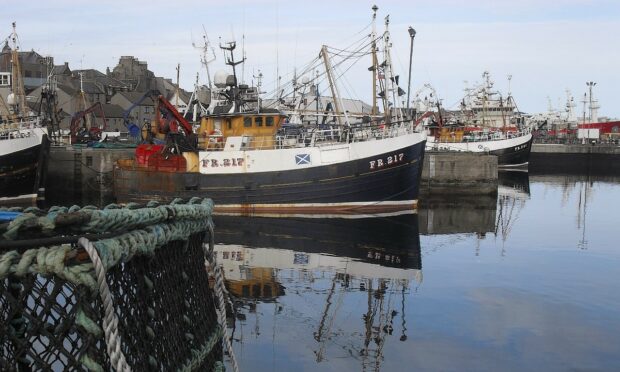
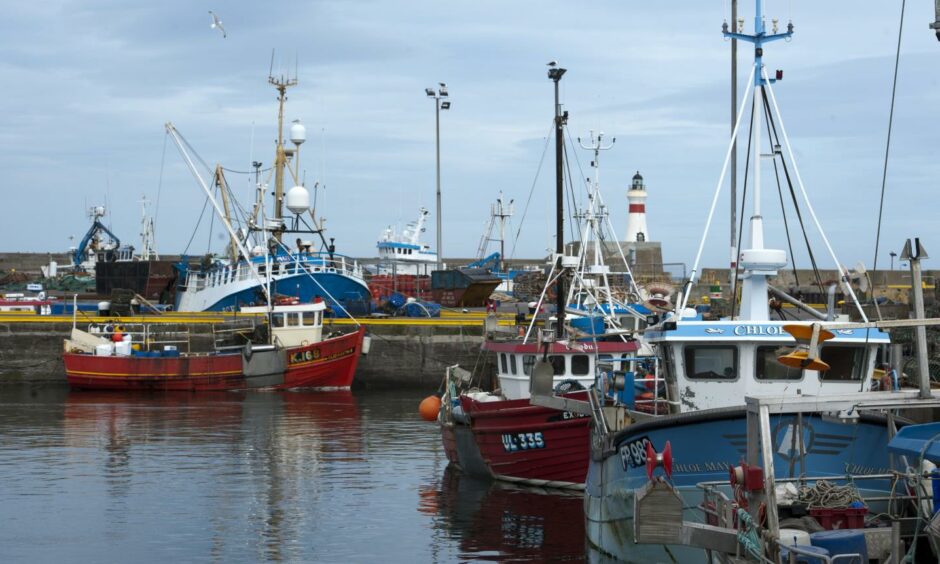
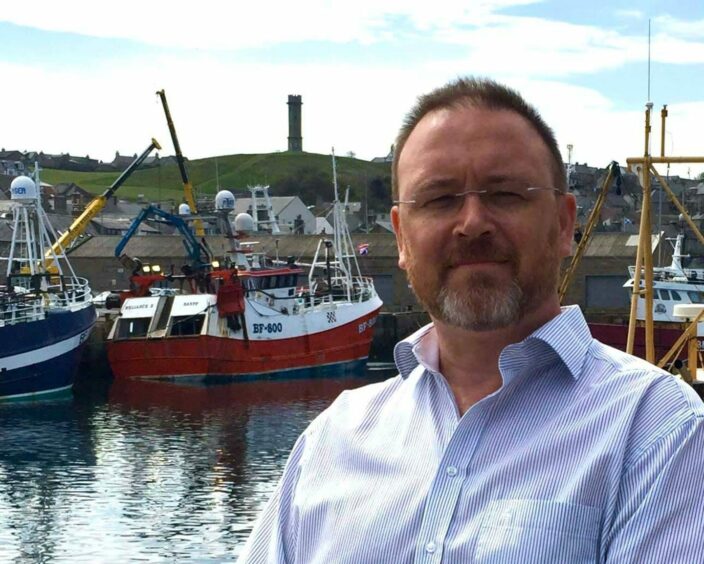
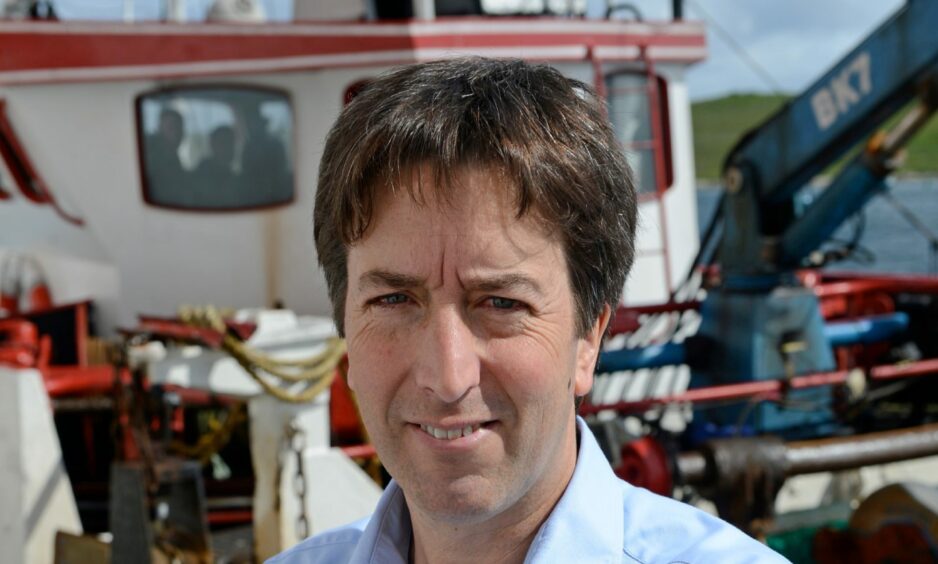
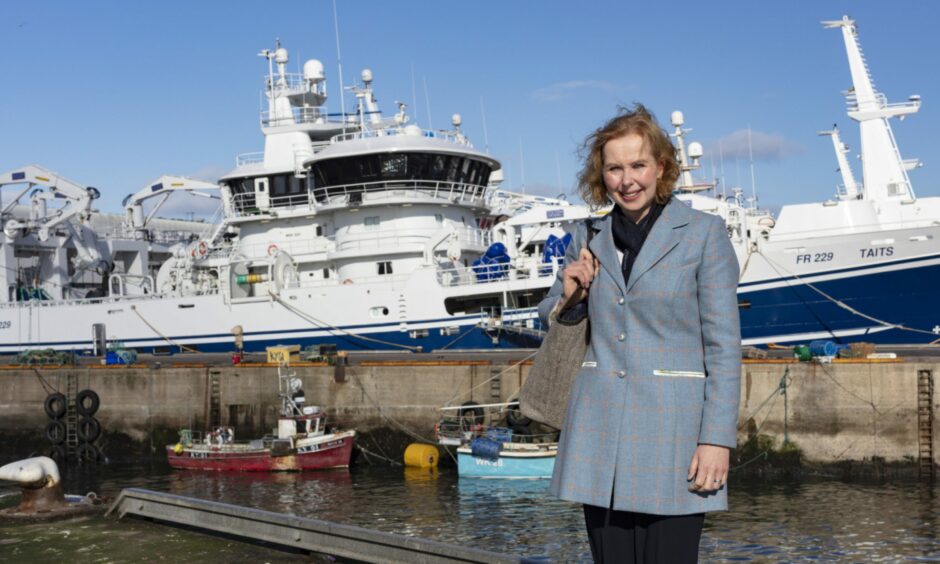
Conversation